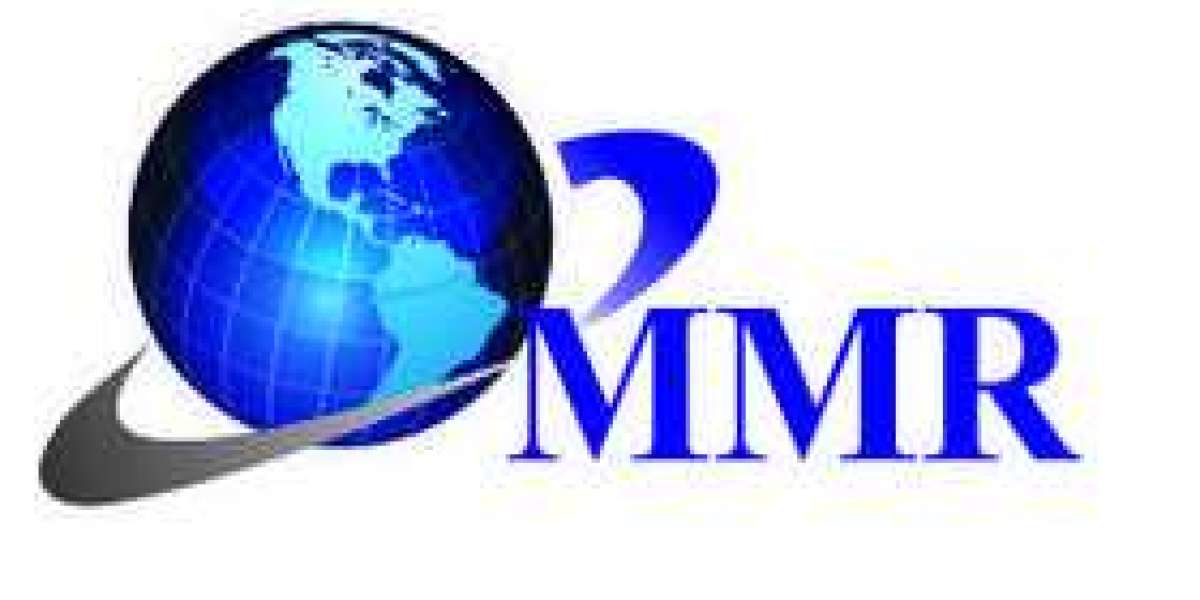The Importance of Accurate Rhythm Strip Recording in the Healthcare Industry
The healthcare industry relies heavily on precise diagnostic tools to ensure patient safety and effective treatment. One such critical tool is the rhythm strip recording, which plays a pivotal role in monitoring and diagnosing cardiac conditions. The importance of accurate rhythm strip recording in the healthcare industry cannot be overstated, as it directly impacts patient outcomes and the efficiency of medical interventions.
Enhancing Diagnostic Accuracy
Accurate rhythm strip recordings are essential for enhancing diagnostic accuracy. These recordings provide a real-time snapshot of a patient's heart activity, allowing healthcare professionals to detect arrhythmias, ischemia, and other cardiac abnormalities. For instance, a precise rhythm strip can reveal atrial fibrillation, a condition that might otherwise go unnoticed but can lead to severe complications if untreated. By ensuring the accuracy of these recordings, clinicians can make informed decisions and initiate timely interventions.
Improving Patient Safety
Patient safety is a paramount concern in the healthcare industry. Accurate rhythm strip recordings contribute significantly to this goal by enabling early detection of life-threatening conditions. For example, a clear and precise rhythm strip can identify ventricular tachycardia, a rapid heart rate that requires immediate medical attention. By catching such abnormalities early, healthcare providers can prevent adverse events and improve patient outcomes. Furthermore, accurate recordings reduce the risk of misdiagnosis and inappropriate treatments, thereby safeguarding patient well-being.
Facilitating Effective Treatment Plans
Effective treatment plans hinge on the availability of reliable diagnostic data. Rhythm strip recordings serve as a foundational element in crafting these plans. For instance, a patient presenting with chest pain may undergo a rhythm strip recording to determine if the pain is cardiac-related. An accurate recording can reveal patterns indicative of myocardial infarction, guiding the healthcare team to administer appropriate therapies such as thrombolytics or angioplasty. Thus, the precision of rhythm strip recordings directly influences the quality and efficacy of patient care.
Streamlining Workflow and Reducing Costs
In addition to clinical benefits, accurate rhythm strip recordings streamline workflow and reduce costs within the healthcare system. Clear and precise recordings minimize the need for repeat tests, saving time and resources. For example, an initial accurate rhythm strip can eliminate the necessity for additional diagnostic procedures, allowing healthcare providers to focus on treatment rather than redundant testing. This efficiency not only enhances patient care but also optimizes the allocation of healthcare resources, ultimately reducing overall costs.
Conclusion
The importance of accurate rhythm strip recording in the healthcare industry is multifaceted, encompassing diagnostic accuracy, patient safety, effective treatment planning, and cost efficiency. By ensuring the precision of these recordings, healthcare professionals can deliver high-quality care, improve patient outcomes, and optimize resource utilization. As technology continues to advance, the role of rhythm strip recordings will only become more integral to the healthcare landscape, underscoring the need for ongoing emphasis on accuracy and reliability.








